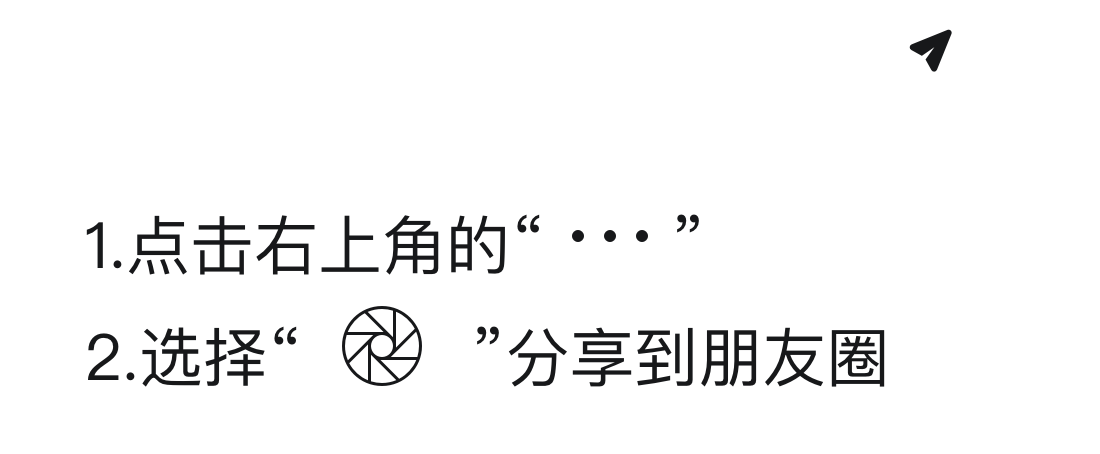2025胡润百富榜显示财富创造逻辑巨变,新需求与硬科技成为关键驱动力。
1. 新富豪成功案例:老铺黄金靠古法工艺近2000项专利,从保值工具升级为奢侈品,门店坪效达3.28亿元;卡游利用70个IP矩阵整合奥特曼和国潮,两年文具营收从2000万涨到5亿,迎合Z世代情感消费;古茗通过下沉市场万店规模站稳,霸王茶姬美股上市市值415亿。
2. 旧产业风险:房地产集体没落,王健林资产缩水66%,排名跌到718位;传统制造业23人跌出榜单,表明资本密集型行业衰退。
3. 实操启发:趋势转向AI和新能源赛道,普通人可关注身边创新,及早布局硬核技术或消费新需求。
品牌商可从榜单案例中学习高附加值策略,聚焦消费者洞察和渠道创新。
1. 品牌营销与渠道:老铺黄金定位奢侈品牌,只入驻SKP等顶级商场,通过差异化渠道提升溢价;古茗和霸王茶姬利用下沉市场扩张,后者借美股上市放大品牌价值。
2. 产品研发与消费趋势:卡游开发IP延伸至文具,捕捉Z世代情感消费红利;老铺黄金强调古法工艺设计,提升产品独特性和毛利162.9%。
3. 定价与用户行为:案例显示价格竞争转向价值竞争,如老铺黄金单店坪效超普通金店十倍,反映高端消费趋势;霸王茶姬90后创始人案例揭示年轻群体品牌忠诚度的重要性。
卖家需关注增长市场和风险提示,榜单揭示新旧产业交替。
1. 增长市场与需求变化:AI和新能源成新风口,豆包APP月活1.5亿,会员费月入超20亿;新能源如宁德时代海外营收涨89%,海外市场机会巨大。
2. 风险提示:房地产资产普遍缩水,前100名地产商占比从30%锐减到1%;传统制造业衰落,23人跌出榜单,警示避免资本密集型赛道。
3. 可学习点与商业模式:古茗万店规模案例展示下沉市场扩张策略;卡游IP矩阵模式可复制为合作方式;霸王茶姬美股上市启发资本运作路径。
工厂可借鉴产品设计创新和硬科技机会,推动数字化升级。
1. 产品生产需求:老铺黄金专攻古法工艺专利近2000项,案例强调生产需转向高附加值设计;影石智能影像设备全球市场份额81.7%,展示技术创新在制造中的核心作用。
2. 商业机会:新能源赛道如宁德时代电池、阳光电源光伏逆变器、亿华通氢能设备估值均高,反映硬科技生产需求旺盛。
3. 数字化启示:卡游从IP扩展到文具生产,两年营收飙升25倍;案例启示工厂整合电商渠道,聚焦产业链技术话语权提升竞争力。
服务商应把握行业趋势和解决方案,新技术成服务重心。
1. 行业趋势:AI应用加速普及,DeepSeek开源模型占国内95%份额,估值4200亿;新能源技术热潮持续,企业不重利润重产业链话语权。
2. 新技术与痛点:客户痛点如旧产业衰退,房地产缩水66%;新技术解决方案如全景相机、AI模型和电池创新,需快速响应市场需求。
3. 解决方案:案例显示服务转向硬科技支持,如豆包APP模式强调平台赋能;影石设备全球覆盖启示提供全球化技术输出方案。
平台商需调整招商和运营策略,应对产业风向变化。
1. 平台需求与最新做法:豆包APP基于会员费模式月入超20亿,案例展示内容平台化运营;霸王茶姬美股上市展示平台整合资本的新路径。
2. 招商与合作:新能源和AI赛道招商需求旺盛,如亿华通营收仅10亿估值破千亿,平台可吸引技术驱动企业合作。
3. 风控管理:房地产衰落风险高,规避衰落产业投资;古茗万店规模案例启示优化线下渠道运营,提升坪效和扩张效率。
研究者可分析产业新动向和商业模式变革,提供政策启示。
1. 产业新动向:财富创造从房地产转向新需求,376张新面孔反映AI、新能源和消费创新崛起;问题如传统产业衰退引发经济结构转型思考。
2. 政策法规启示:案例表明政策应支持硬科技和消费趋势,如推动专利保护、AI发展;房地产萎缩警示政策需减少旧产业依赖。
3. 商业模式:IP矩阵如卡游整合全球和国潮IP有效扩展;会员费模式如豆包APP展示数字服务商业价值;古茗下沉市场案例揭示规模化分销模式的成功关键。
返回默认












